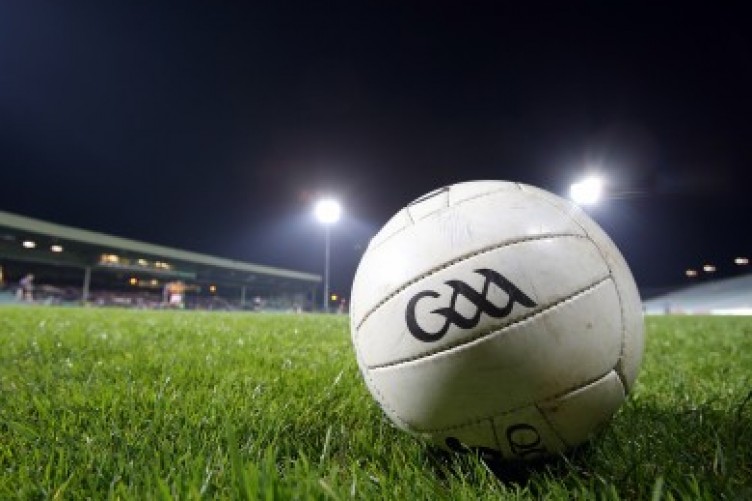
10 October, 2024

Paraic Duffy
Posted: 10 August, 2016

Paraic Duffy is the 18th Director General of the Gaelic Athletic Association.
As Ireland’s foremost sporting organisation, the GAA has a broad research agenda, which ranges from players at one end, to the playing utensils (hurleys and sliotars) at the other. In a player context, research has been conducted on how performance can be optimised through effective coaching. In a materials context, there is currently work taking place on the development of a standardised sliotar and on ameliorating the problems arising from Ash Dieback disease. The following snapshots provide some insight into these project areas.
Standardised sliotar
Up until the turn of the century, sliotar production was something of a craft and cottage industry within Ireland. The core generally comprised of cork and yarn and the production processes were unique to individual suppliers. At this time, synthetic sliotar cores were introduced – these were predominantly made of polyurethane and originated within Pakistan – and the importance of setting out standardised production processes was also recognised
The GAA, in conjunction with the Department of Sports Science in Dublin City University, oversaw this process which resulted in the development of a sophisticated test rig – as part of a PhD study – for sliotar approval purposes. In the interim, technology has moved on and it is now proposed to introduce the iSliotar in 2018. At that stage, an RFID chip will be embedded in each sliotar core with the result that every officially produced sliotar will be fully traceable.
Lead the way with the MVA
There is now a general acceptance, across all performance sectors, that ‘better people make better participants’. There is also a widespread acceptance that sport participation can have a significant character-building impact. Research indicates that there are two key requirements in this regard:
The provision of quality coaching does present a challenge, not least because of what is known as the ‘Coaching Enigma’ i.e. the lack of clarity around the coaching process and lack of standard terminology.
By way of response, the GAA has devised a new coaching model known as the MVA/Coach10 Model based on the fact that it underpins the development of ten human capacities (5 player capacities; 5 coach capacities):
Coach: Management; Leadership; Capability; Experience; Reflection.
Player: Competence; Confidence; Commitment; Conviction; Connection.
Once coaches and players know what capacities they are striving to develop, they can learn how Motivation & Vocational Attributes engender these and understand why values are crucial to the optimisation of same.
Ash Dieback Disease
Since the founding of the GAA in 1884, ash and hurling have been synonymous. Over the past decade, there has been a huge increase in the numbers playing hurling something that can largely be attributed to what are known as the ‘Go Games’ and the ‘Kelloggs Cul Camps’. ‘Go Games’ are effectively small-sided games where every participant (child) is guaranteed to “get a go” for the entire game. The Kelloggs Cul Camps take place at GAA clubs throughout the months of July and August and this year participation figure – at 1,200 Cul Camp Centres – broke all records with 131,000 taking part.
Up until 2012, industry sources were indicating – on foot of a proactive planting approach – that there would be a sufficient supply of ash within Ireland by 2018 to meet the rising demand. Then Ash Dieback Disease kicked in, so this is no longer the case. The GAA responded by establishing the GAA Ash Society which comprises of all of the key stakeholders: Department of Agriculture, Coillte, Teagasc and the Irish Guild of Ash Hurley Makers (IGAHM). The Ash Society is currently addressing the underlying problem on the basis of a three-pronged approach: Breeding Ash Resistant Tress, experimenting with glues and new jointing techniques to “Do More with Less Ash” and the development of a Hybrid Hurley. The Hybrid Hurley will involve a combination of wood and fibre glass and while things are still at an embryonic stage, the hurleys which have been produced on foot of this process look promising.
There are so many elements that contribute to the GAA being the foremost sporting and cultural organisation in Ireland. Research is of central importance in this regard from both an innovation and modernisation perspective and the Association welcomes inputs from researchers – as part of the #LoveIrishResearch Campaign – who have an interest in growing the GAA fabric and footprint.
Disclaimer: The opinions expressed in our guest blogs are the author’s own, and do not reflect the opinions of the Irish Research Council or any employee thereof.